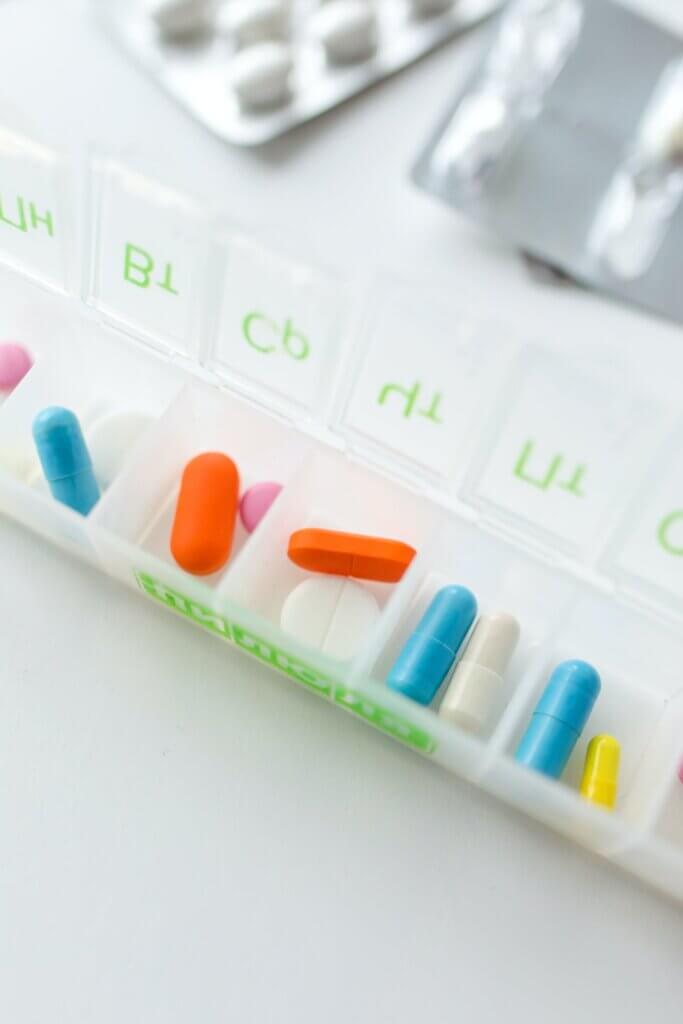After reading this article, you’ll:
The healthcare industry is embarking on a new digital transformation. Innovations in health technology over the past decade have paved the way for improved care through more accurate, efficient, and engaging services. At the forefront of this transformation are advances like the electronic prescription and the digitized patient health record. These two technical innovations are changing the game in healthcare administration and delivery.
Digital prescriptions allow doctors to send accurate prescription directives straight to pharmacies electronically, avoiding any confusion from illegible handwriting. This reduces dangerous medical errors and allows patients to seamlessly manage prescriptions across different pharmacies using smartphone apps. Likewise, electronic health records compile a comprehensive medical history in one place to coordinate care between different providers. This improves accuracy and efficiency compared to paper files.
Beyond just administrative upgrades, new health technologies also empower patients to more actively participate in their own care. Features like patient portals, telehealth visits, and wearable device integration engage people in monitoring and managing their health from anywhere. As digital healthcare continues to expand its reach, it promises more accurate diagnoses, lower costs, and better patient outcomes. The emerging infrastructure paves the way for a more consumer-centric model of healthcare going forward. Clearly, innovations like e-prescriptions and digital records are vital first steps in this digital health transformation.
Digital Prescriptions
 Digital prescriptions refer to the electronic transmission of prescription instructions from a healthcare provider directly to a patient’s pharmacy. Instead of handwriting out orders on a prescription pad, providers use medical software to send secure prescription files. This eliminates issues like illegible handwriting that can lead to medication errors.
Digital prescriptions refer to the electronic transmission of prescription instructions from a healthcare provider directly to a patient’s pharmacy. Instead of handwriting out orders on a prescription pad, providers use medical software to send secure prescription files. This eliminates issues like illegible handwriting that can lead to medication errors.
The concept of e-prescribing first emerged in the early 2000s to improve accuracy and convenience in prescription filling. Today, about 97% of pharmacies have e-prescribing capacities and over 94% of all prescriptions are fulfilled electronically. This rapid growth is thanks to recognized benefits like:
- Reduced medication errors and adverse drug events – Electronic prescriptions are clear, legible, and integrate easily with pharmacy prescription systems
- Easy transferability between pharmacies – Patients can seamlessly get refills or switch pharmacies without chasing paper scripts
- Prescription management apps – Patients can track and order refills through secure mobile apps and websites
Despite significant adoption, barriers like costs, workflow adjustments, and training still hamper mainstream integration. Smaller and rural practices often lack funds for new health IT systems. Doctors and staff also require training to adjust workflows. As investment continues and providers integrate e-prescribing into routines, these barriers should lower over time. Already, early movers are demonstrating the vast potential of digital prescriptions through increased convenience, accuracy, and simplicity in the prescription process.
Electronic Health Records
 Electronic health records (EHRs) are digital versions of patient health information including medical history, diagnoses, medications, treatment plans, immunization records, allergies, radiology images, and lab test results. While paper records served their purpose in the past, vast amounts of data could be lost, misfiled, or unavailable when needed most.
Electronic health records (EHRs) are digital versions of patient health information including medical history, diagnoses, medications, treatment plans, immunization records, allergies, radiology images, and lab test results. While paper records served their purpose in the past, vast amounts of data could be lost, misfiled, or unavailable when needed most.
The concept of an integrated EHR first gained traction in the 1960s, but early systems were basic and failed to see widespread adoption. Growth accelerated in 2009 under new US legislation which allocated billions in incentive payments to clinics and hospitals that could demonstrate meaningful use of EHR systems. Adoption has since skyrocketed to over 96% of hospitals implementing some form of EHR system today. When fully embraced, benefits include:
- Complete patient history and data in one place – This improves safety and coordination of care when shared between different providers.
- Improved care delivery & outcomes – Easier access to test results helps doctors make quicker diagnoses while clinical decision alerts prevent medical errors.
- Data analytics & preventative care – Population health analytics on aggregate EHR data allows development of health initiatives targeting at-risk groups.
Despite benefits, obstacles like high costs, training requirements, reluctance toward technology, and privacy fears have slowed mainstream adoption. Many smaller clinics cannot afford the expensive systems or staff education involved. Some providers also fear breach of sensitive health data. As solutions become more intuitive and data privacy measures advance, EHR adoption should continue expanding across the industry to unlock the full potential of digitally accessible and sharable patient medical records.
Patient Engagement & Access
While digital health innovations lead to huge improvements in care delivery, they also empower patients to take greater ownership over their health through increased engagement, access, and connectivity.
Patient portals and health apps are unlocking new levels of engagement. Secure portals integrated with providers’ electronic health records allow patients 24/7 access to features like:
- Prescription renewal requests
- Appointment scheduling
- Messaging doctors
- Accessing test results
Meanwhile, wearable devices and health apps equip patients to better track, manage, and participate in their own care. Shareable data on vital signs, activity levels, and more integrated into provider records create richer patient health profiles.
As emerging health technologies continue putting patients at the center of healthcare through increased visibility, connectivity, and ownership over their medical journey, individuals take on more active “co-pilot” roles. This leads to greater engagement, shared decision making, and improved health outcomes thanks to 24/7 health management tools at their fingertips.
The Future of Digital Health
The future of digital health is marked by significant predictions and emerging technologies that promise to redefine healthcare delivery. A notable trend is the expansion of telehealth, which is expected to grow substantially, incorporating more medical specialties and becoming a standard component of healthcare delivery. This growth is not just in quantity but also in the integration of telehealth into traditional healthcare systems, aiming for a more cohesive patient experience.
Another exciting development is in the realm of personalized medicine, where the power of data analytics and genomics is leveraged to create highly individualized treatment plans. This shift points towards treatments that are more accurately tailored to individual genetic profiles, lifestyle choices, and comprehensive health histories, marking a significant move away from the one-size-fits-all approach.
Digital therapeutics are also on the rise, particularly in managing chronic diseases and mental health conditions. These software-based therapies focus on evidence-based digital intervention programs that are clinically evaluated, offering a new dimension to healthcare management.
Blockchain technology’s potential in healthcare is being explored for the secure and efficient management of health records. This technology could revolutionize data security, patient consent management, and interoperability of health systems, providing a more secure and transparent way of handling patient data.
Moreover, the use of AI in diagnostics is set to enhance disease detection and diagnosis significantly. AI algorithms capable of analyzing complex medical data will play a crucial role in clinical decision-making, offering insights that were previously unattainable.
However, this bright future comes with its own set of challenges. Data privacy and security remain paramount concerns, necessitating the strengthening of cybersecurity measures to protect sensitive health data. The digital divide poses another significant challenge, as disparities in access to digital health solutions need to be addressed, especially among different socio-economic groups.
Regulatory challenges also loom large, with the need to balance rapid innovation against ensuring patient safety and efficacy. As technology evolves, so must regulatory frameworks, adapting to new advancements and ensuring they align with healthcare objectives.
Integration and interoperability of digital health tools and systems are crucial for seamless functionality and communication. Developing universal standards for data exchange and system compatibility will be essential for the effective implementation of digital health technologies.
In this landscape, the role of government and regulatory bodies is multifaceted. They are tasked with setting standards and guidelines that ensure the quality and safety of new digital health technologies. Promoting innovation through funding, research support, and favorable policies is essential for the continuous advancement of digital health. Protecting patient privacy and ensuring the ethical use of digital health tools are also critical responsibilities.
Facilitating access to these technologies is another key role, with efforts needed to bridge the digital divide and promote inclusivity in digital health access. Lastly, continuous monitoring and evaluation of the impact and effectiveness of digital health interventions are necessary to adjust policies and strategies, ensuring the optimal delivery of healthcare services.






